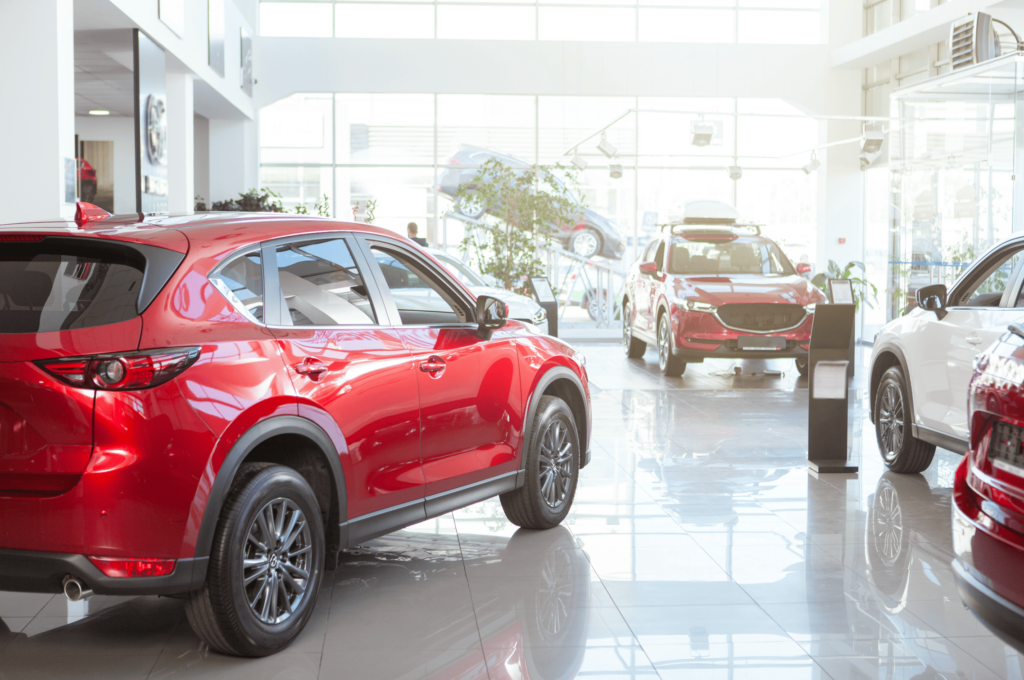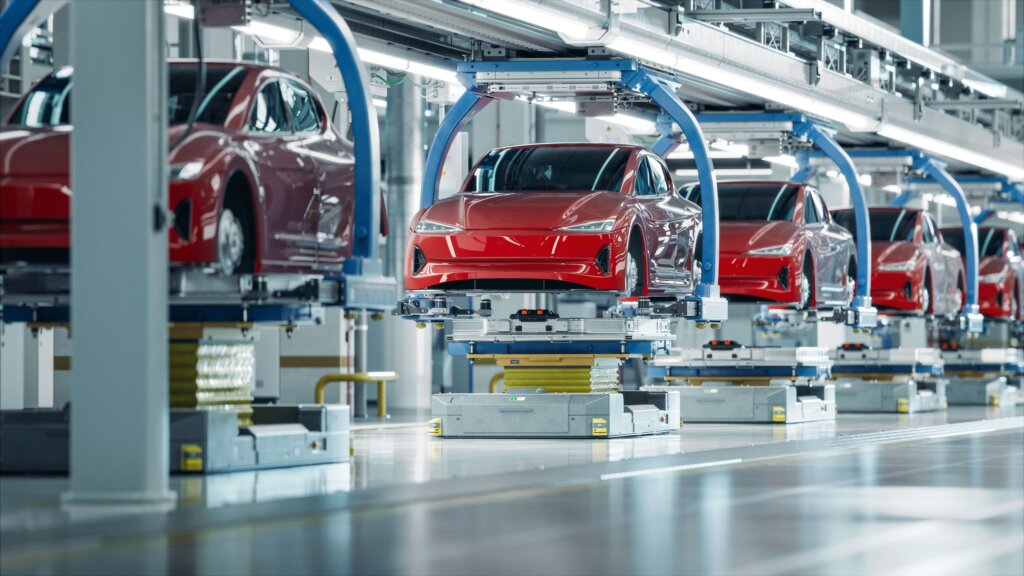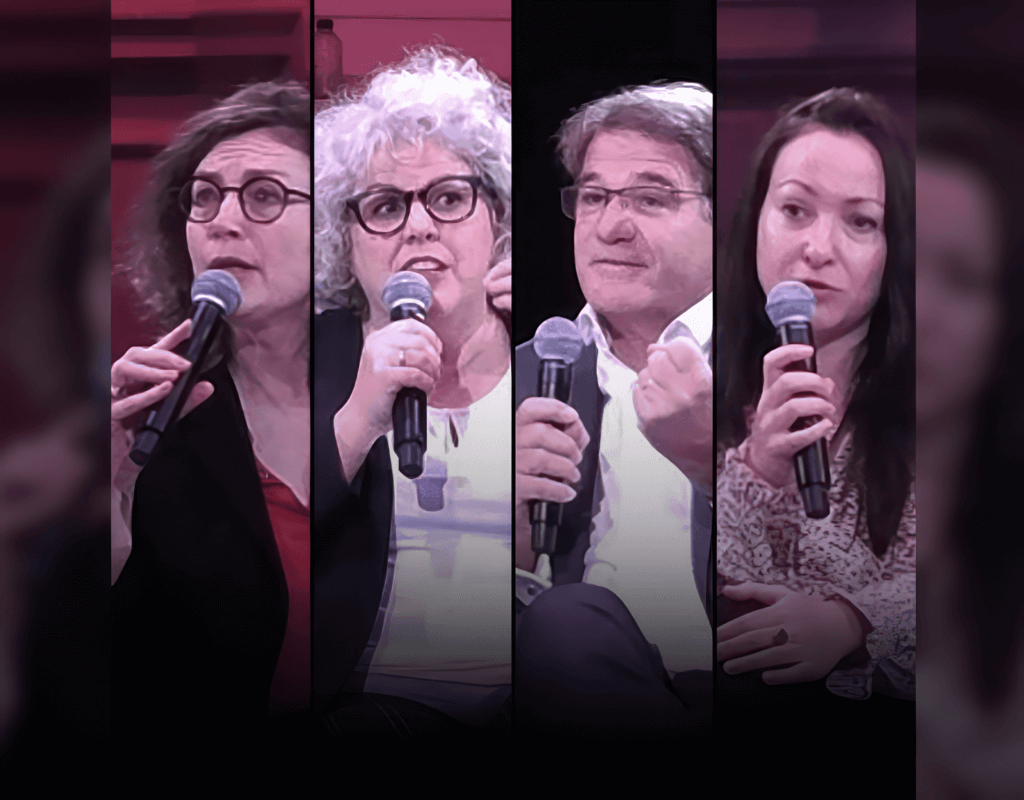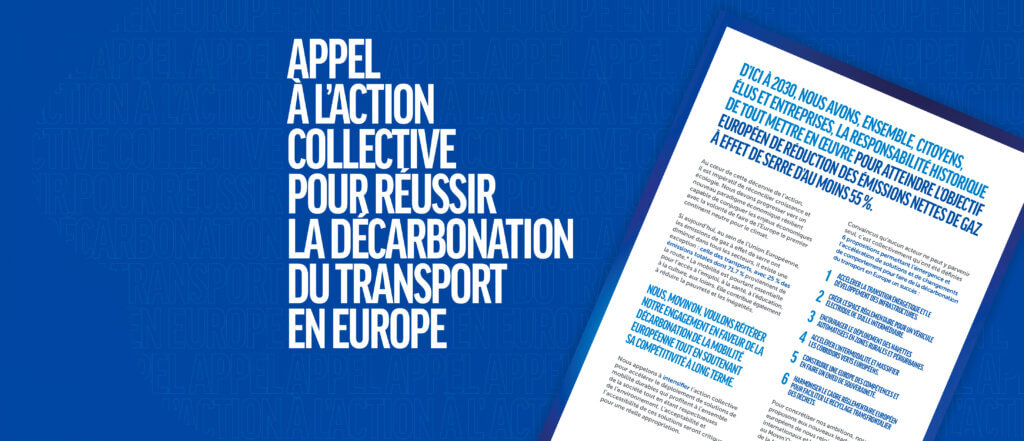After Years of R&D, Hydrogen Fuel Cells Take Off
At a time when lithium-ion batteries are bursting into flames, the promise of zero-emissions hydrogen fuel cell EVs appears tantalizing. But obstacles like high manufacturing costs, safety and durability issues, sparse hydrogen refueling infrastructure, plus storage and transportation challenges have slowed development. That’s all about to change.
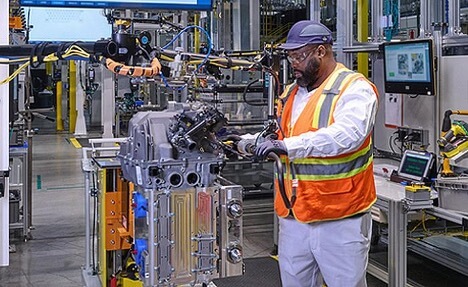
A town of 30,000 south of Detroit, Michigan that was once an Indian village in the Canadian province of Quebec this week became the site of an $85 million hydrogen fuel cell production assembly line providing fuel cells to power the latest electric vehicles around the world.
A joint venture between Detroit-based General Motors and the Japanese automaker Honda, the new Fuel Cell System Manufacturing (FCSM) unit at GM’s existing battery factory in Brownstown, Michigan is hardly a quickie project. Honda and GM engineers began work in 2013 to co-develop the next-generation fuel cell system and had been at it over 10 years when the assembly line revved up on January 25.
In addition to advancing fuel cell system performance, GM and Honda have been collaborating to double durability compared to the 2019 Honda Clarity Fuel Cell by using corrosion-resistant materials and by improving low-temperature operation.
Together, the two companies focused on lowering development and manufacturing costs by leveraging economies of scale, advancing the fuel cell design, simplifying supporting equipment, utilizing common sourcing, and limiting the use of costly precious metals.
Through this collaboration, the new fuel cell systems will be two-thirds less expensive to make when compared to the cost of the fuel cell system in the 2019 Honda Clarity Fuel Cell, the two automakers said in a joint statement.
“This is a historic day for the industry as GM and Honda are the first full fuel cell system manufacturing joint venture to begin volume production of fuel cells for transportation and beyond,” said FCSM President Suheb Haq on Thursday.
“We begin the process with raw materials for membrane and electrode all the way through completed systems. Ongoing investment and commitment by both companies is driving our success at FCSM. This commitment aligns with our mission of making high quality, durable and affordable hydrogen fuel cell systems for a wide range of applications and customers,” Haq said.
The automakers say the venture incorporates innovative methods for automating membrane-electrode assembly production and fuel cell stack assembly.
“We integrated the strengths of Honda and GM to create the most capable production system at this joint venture,” said Tetsuo Suzuki, vice president of FCSM. “We brought a mass production mindset with attention to detail and a focus on high quality, and now we are ready to meet the needs of the customers for the future applications of fuel cell technology and the beginning of the hydrogen era.”
GM and Honda share the belief that hydrogen and fuel cell technology will play an increasingly important role in meeting zero-emissions energy and mobility needs.
Cooperation Is the Key
In August 2023, the fuel cell developer Ballard Power Systems of Vancouver, British Columbia announced they had signed a letter of intent with Ford Trucks to supply a fuel cell system as part of the development of a hydrogen fuel cell powered vehicle prototype.
The letter was right in line with a caution from the founder of Ballard Power Systems, the late Geoffrey Ballard (1932-2008), who warned about forcing a switch from petrol to hydrogen upon unwilling drivers.
“IT WILL TAKE A COMBINED EFFORT OF ACADEMIA, GOVERNMENT, AND INDUSTRY TO BRING ABOUT THE CHANGE FROM A GASOLINE ECONOMY TO A HYDROGEN ECONOMY. THE FORCES ARE BUILDING AND PROGRESS IS BEING MADE. IT IS OF MAJOR IMPORTANCE THAT A CHANGE OF THIS MAGNITUDE NOT BE FORCED ON UNWILLING PARTICIPANTS, BUT THAT ALLL OF US WORK TOGETHER FOR AN ECONOMICALLY VIABLE PATH TO CHANGE.” – Geoffrey Ballard, founder Ballard Power Systems (1932-2008)
Ford Trucks, the global brand of Ford Otosan, an automaker based in Turkey equally owned by Ford Motor Company and Koç Holding, plans to develop a fuel cell electric vehicle, the F-MAX, as part of the project. The fuel cell systems are planned for integration into Ford Trucks’ F-MAX 44-ton long-haul tractor truck.
Ford’s only heavy commercial brand, Ford Trucks already produces a range of vehicles including tractors, construction trucks and distribution trucks weighing over 16 tons.
Now Ford Trucks plans to build fuel cell-powered F-MAX trucks in Turkey. Then the strategy is to begin European Ten-T corridor demonstrations in 2025 as part of the European Union’s Horizon Europe’s Zero Emission Freight EcoSystem (ZEFES) project.
In the ZEFES project, four truck OEMs, two trailer OEMs, suppliers, logistic operators, and research partners will work together towards the overall goal of accelerating the integration of ZEVs for long distance heavy transport.
They plan to focus on efficiency improvements, mass production capabilities, and the use of ZEV technologies in daily operations.
In 2025, nine different vehicle concepts – four fuel cell EVs and five battery-powered EVs – are expected to run over one million kilometers across EU corridors in real daily operations, guided and validated by a digital platform to be developed within the project. Vehicles are expected to carry over 40 tonnes for distances up to 750 km, averaging 500 km in daily operation.
“We are thrilled to be partnering with Ford Trucks to facilitate market adoption in Europe. We look forward to validating Ballard as their preferred fuel cell supplier and to support the integration of their heavy-duty truck platform,” said Ballard Chief Commercial Officer David Mucciacciaro. “We are excited by their ambition towards scaled deployments of F-MAX fuel cell trucks.”
Ford Trucks’ Vice President Emrah Duman said, “At Ford Trucks, we invest in alternative technologies that will define the automobile industry’s future in accordance with our sustainability aims. Electrification, followed by hydrogen technology, is one of our top priorities.”
“Our first Fuel Cell Electric-powered Vehicle F-MAX, which we will develop as part of the ZEFES project, will be a significant milestone. We are thrilled to be working with Ballard on this critical project. This long-term relationship will generate enormous value in the future,” Duman said. “We have a wide range of promising technological talents and capabilities, and our work is progressing quickly and successfully.”
H2 Partners Go Farther Together
Hyundai Motor Company, Kia Corporation, which is one-third owned by Hyundai, and W. L. Gore & Associates have just signed an agreement to collaborate on the development of advanced polymer electrolyte membrane (PEM) for hydrogen fuel cell systems.
The joint effort among the parties aims to advance the goal of developing an advanced PEM for next-generation fuel cell electric commercial vehicles. The PEM technology plays a crucial role in determining the performance and durability of the fuel cell system.
A hydrogen fuel cell utilizes a PEM to conduct protons between two electrodes. The PEM blocks the direct combination of incoming hydrogen and oxygen gases, facilitating the selective conduction of protons, generating an electrical current to power a vehicle.
For over 15 years, Gore, Hyundai and Kia have been collaborating in the field of fuel cells. The partnership will now focus on jointly developing an optimal fuel cell system for commercial vehicles, with an emphasis on enhancing performance and durability.
“We are entering the next chapter of our partnership with Gore,” said Chang Hwan Kim, head of battery development and hydrogen and fuel cell development at Hyundai Motor Company and Kia Corporation. “By leveraging the 15 years of collaboration, we will acquire advanced fuel cell technology and lead the fuel cell electric vehicle market, accelerating the movement towards a sustainable future.”
Gore, an advanced materials company based in Delaware, brings expertise in PEM, catalyst coated membrane and membrane electrode assembly technologies to the partnership.
“We look forward to advancing our long-standing partnership with Hyundai Motor and Kia,” said Michelle Augustine, Gore Clean Energy Business Group leader. “Leveraging our advanced PEM technology solutions, we will work together with Hyundai Motor and Kia to enable them to deliver fuel cell vehicles that provide a performance and cost advantage to consumers.”
This collaboration builds upon Hyundai Motor Group’s 25 years of focus on hydrogen technology, which led to the establishment of the HTWO hydrogen business brand in 2020. The Group is actively expanding its fuel cell business globally, covering passenger and commercial vehicles, marine vessels, aerospace applications, and power.
US Supports Advanced Battery Consortium
In mid-January, the U.S. Department of Energy (DOE) announced $131 million for projects to advance research and development in EV batteries and charging systems. At least $60 million of those funds will go to a consortium to address what the DOE calls “critical priorities for the next phase of widescale EV commercialization.”
The recipient United States Advanced Battery Consortium is a subsidiary of USCAR, the United States Council for Automotive Research. This umbrella organization for collaborative research located near Detroit is made up of Ford Motor Company, General Motors and Stellantis.
“We are excited to strategically expand our priorities from the last agreement to advance battery technology development,” said Dr. Steven Przesmitzki, executive director of USCAR. “While award negotiations are still in progress, we look forward to engaging new partners to further our mission.”
The consortium’s focus will be on developing advanced technologies to decarbonize transportation and support R&D that is “responsive to the needs of EV manufacturers and battery suppliers.” It’s expected to engage with key stakeholders, including universities, national laboratories, and manufacturers that supply critical materials and components to the battery industry.
“THE BIDEN-HARRIS ADMINISTRATION IS HELPING DRIVE FORWARD THE INNOVATION AND RESEARCH NEEDED TO PROVIDE CLEAN, CHEAP AND ACCESSIBLE TRANSPORTATION SOLUTIONS FOR ALL AMERICANS.” – David Turk, U.S. Deputy Secretary of Energy
“The investments announced today will supercharge the development of a convenient and reliable EV network and expand the domestic battery supply chain – securing our nation’s energy independence and spurring economic opportunity,” Turk said.
The consortium will focus on R&D for EV batteries with enhanced performance; EV batteries using earth-abundant and domestically available battery materials; light-, medium-, and heavy-duty vehicle batteries; and more cost-efficient battery recycling processes.
Toute l’actualité de Movin’On
dans votre boîte mail
Auteur
Partager
Tweets de @movinonconnect
Movin'On 2035 TODAY EP02 - Circular Economy & Competitivity
Movin’On 2035 TODAY EP01 – Fair Mobility for All https://x.com/i/broadcasts/1yNxagBrWZbGj
✨ THAT'S A WRAP!
Movin'On Summit 2024 has just concluded in Brussels!
More than 350 leaders and experts in sustainable mobility gathered to exchange ideas, collaborate, and share their vision for desirable and decarbonised mobility in Europe. Together, we explored ways to build…
🔴 Live from #MovinOnSummit2024
@AshaSumputh has just invited Denis Machuel, CEO at @AdeccoGroup and Florent Menegaux, President of the @Michelin Group & President of Movin'On
L’actualité de la mobilité durable
Découvrez les dernières tendances, des analyses thématiques et nos prochains rendez-vous


